Observed Characteristics:
Color:
- cinnamon-tan
- yellow
- cream
- brown
- green
Morphology:
- encrusting
- fan
- massive
- lobate
- tubular
- encrusting with branches
Consistency:
- tough
- crumbly
Locations:
- Bahamas
- Martinique
- Colombia
- Panama
Species Description and Notes
Description: In reefs this excavating sponge thickly encrusts corals and coralline substratum, reaching sizes of up to 1-2 m in diameter. Oscules are relatively large (up to 1 cm in diameter), dispersed over the body, sometimes even but more often with an elevated collar. Some reef specimens can have thick (2-3 cm diameter) branches that emerge from the encrusting body and often curve downwards. There can be also massive specimens with grouped or scattered but deep oscules, although it is uncertain whether they have grown massive or are just overgrowing massive corals. Specimens in seagrass and sandy beds are smaller (up to 20-30 cm in diameter), massive, lobate, with conical or cylindrical, sometimes branch-like projections, with large (up to 1-2 cm) oscules on the top. The surface is smooth, velvety, but in encrusting specimens it follows the contour of the excavated substratum; some specimens can be strongly rugose owing to many convolutions of the tissue at the surface. Color is usually light brown to tan to yellowish sometimes with orange shades, but there are dark brown specimens; oscules are usually lighter in color, cream to white, as are outer edges of the sponge which are actively overgrowing and excavating live coral. Consistency is tough; more compressible in sea-grass specimens; branches or reef specimens are stiffer. The skeleton of the external part of the tissue consists mostly of a dense confused arrangement of spicules which at the surface converge in thick, densely packed ascending multispicular columns that open up at the surface in brushes that support the pinacoderm. Megasclere spicules are slender to robust tylostyles, curved, with elongated heads not usually having a distinct neck, and pointed to blunt tips, 90-440 µm long and 4.5-13 µm wide, with heads measuring 10.2-17.2 µm in length and 5-13 µm in width. Microsclere spicules are slender, short spirasters with 2-3 turns, and most notoriously the C-shaped derivatives called anthosigmas, 10-25 µm long, with a shaft up to 2.5 µm wide; spines in bouquets arising from a solid trunk. Specimens vary in the amount of microscleres and in their proportion of spirasters and anthosigmas, without any relationship to the form (encrusting or massive or branching).
Notes: This species lives from shallow lagoonal and rocky/reef to deep reef environments. The presence of anthosigmas led to the erection of genus Anthosigmella for this species (for its junior synonym Suberites coronarius Carter, 1883; see Topsent, 1918), which was later synonymyzed to Cliona after taking into account its excavating power and the derivative nature of anthosigmas from spirasters (see Rützler, 2002). Three discontinuous forms with partial genetic differences have been distinguished, forma varians for seagrass massive and sprawling specimens, forma incrustans Wiedenmayer, 1977 for reef encrusting specimens, and forma rigida Hill, 1999 for reef specimens forming stiff branches (see Wiedenmayer, 1977; Vicente, 1978; Hill, 1999; Hill & Hill, 2002). But there appear not to be consistent differences in external color or spicule morphology and size. This species is distinguished from the other encrusting and excavating species C. caribbaea Carter, 1882, C. tenuis Zea & Weil, 2003 and C. acephala Zea & López-Victoria, 2016, also pictured here, in being thicker, of lighter color, larger oscules, and the characteristic anthosigmas (which sometimes are rare). It is similar to encrusting specimens of C. dioryssa (de Laubenfels, 1950), pictured here, but the latter grows smaller, tends to be more orange in color, and the spiraster microscleres are stout, with thick spines.
Author Reference: (Duchassaing & Michelotti, 1864)
Link: World Porifera Database
Tissue and Spicule Images


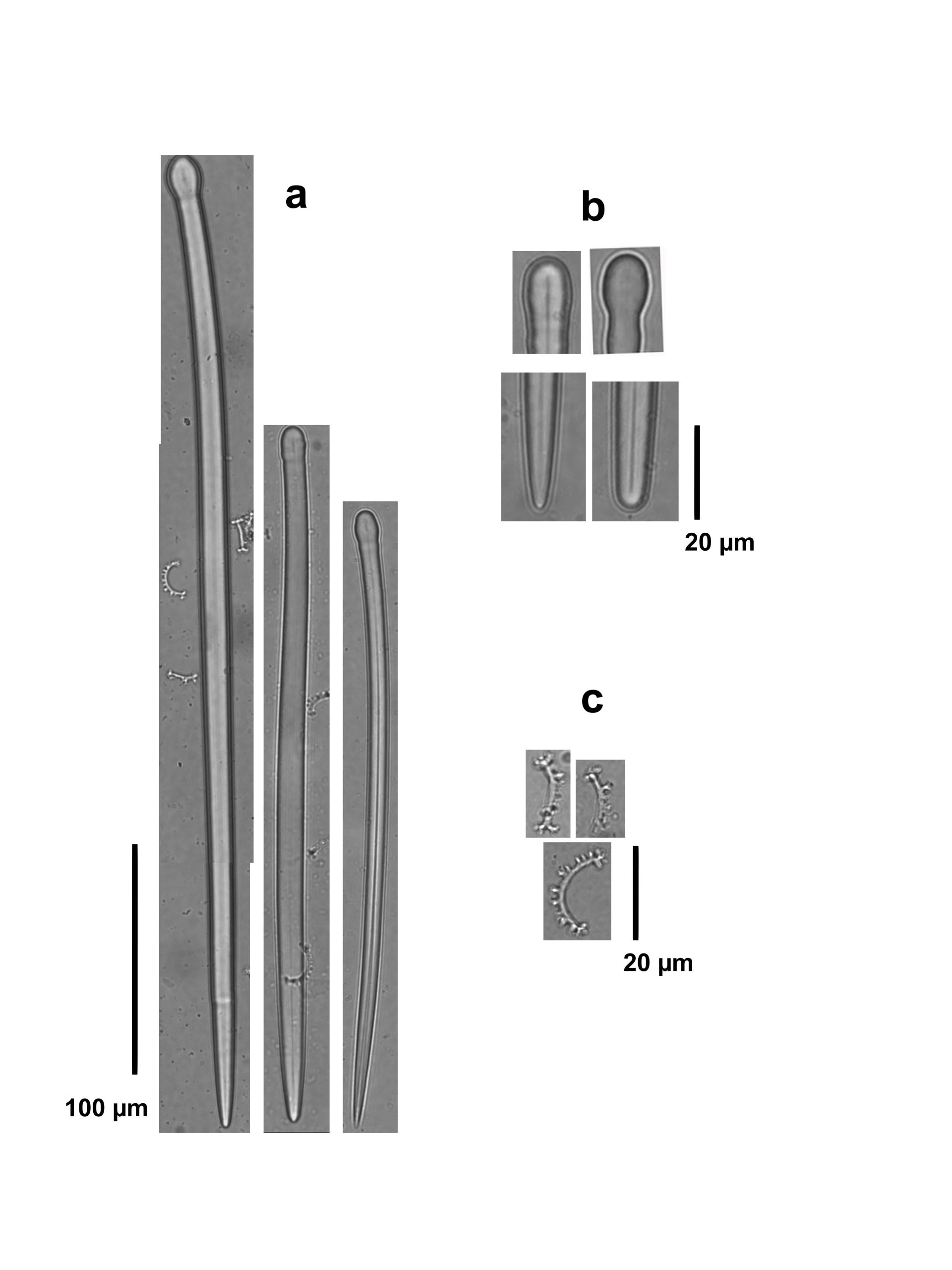
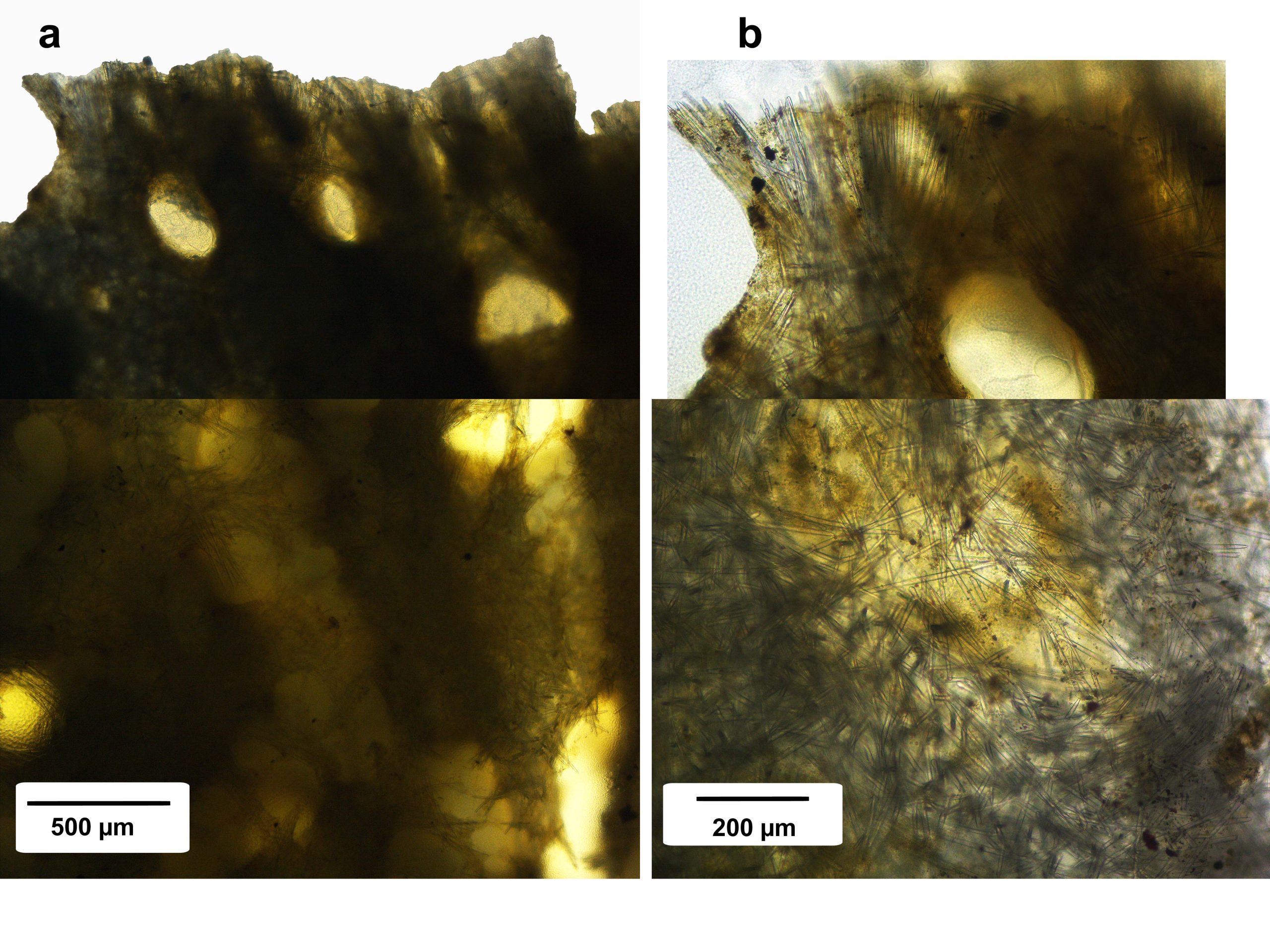
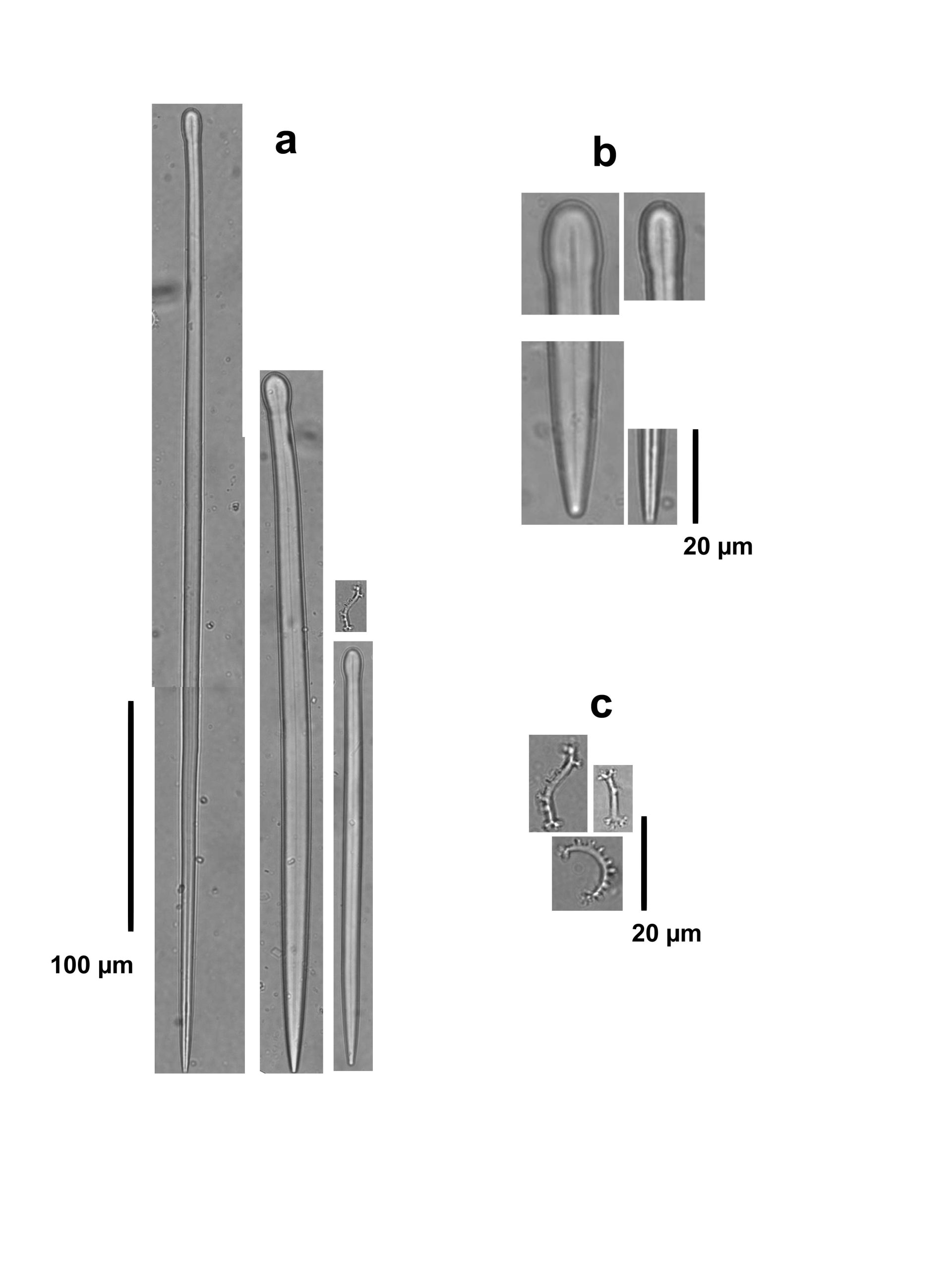
Images
varians
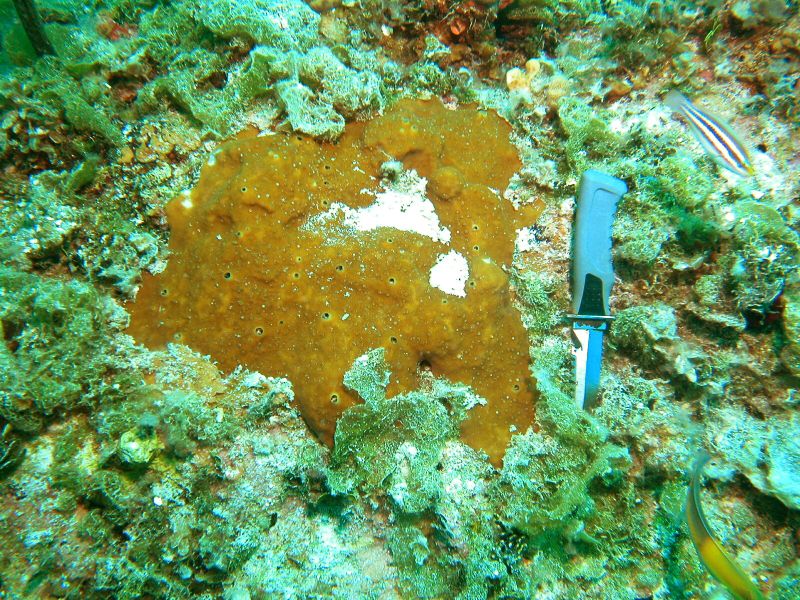
- Location: Sweetings Cay, Bahamas
- Photographer: Sven Zea
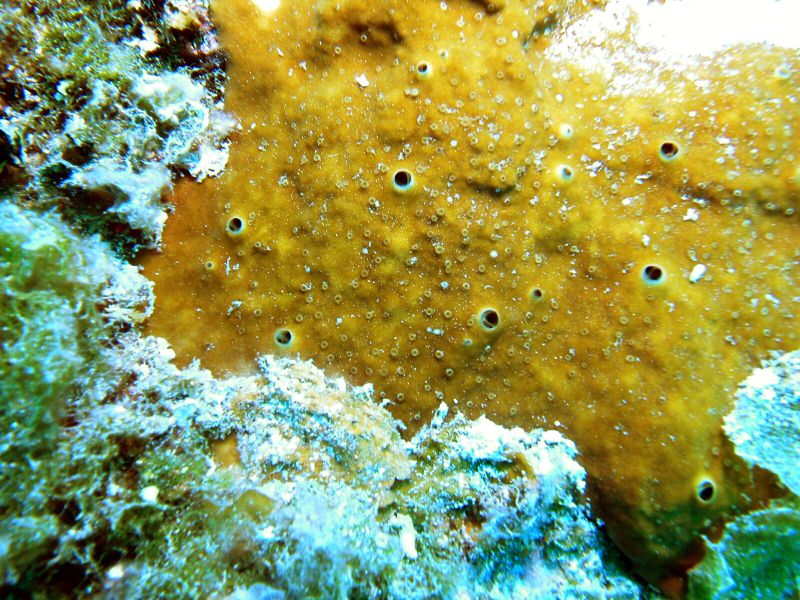
- Location: Sweetings Cay, Bahamas
- Photographer: Sven Zea
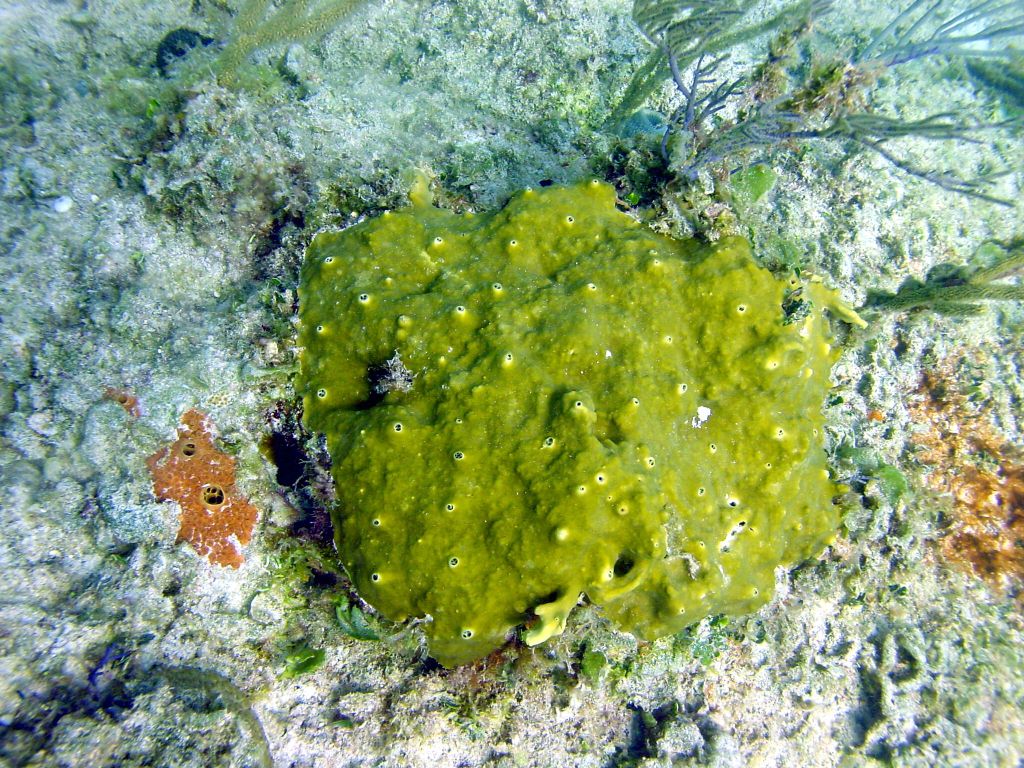
- Location: Stirrups Cays, N Berry Islands, Bahamas
- Photographer: Joseph Pawlik

- Location: Stirrups Cays, N Berry Islands, Bahamas
- Photographer: Joseph Pawlik

- Location: Cat Island, SW, Bahamas
- Photographer: Sven Zea
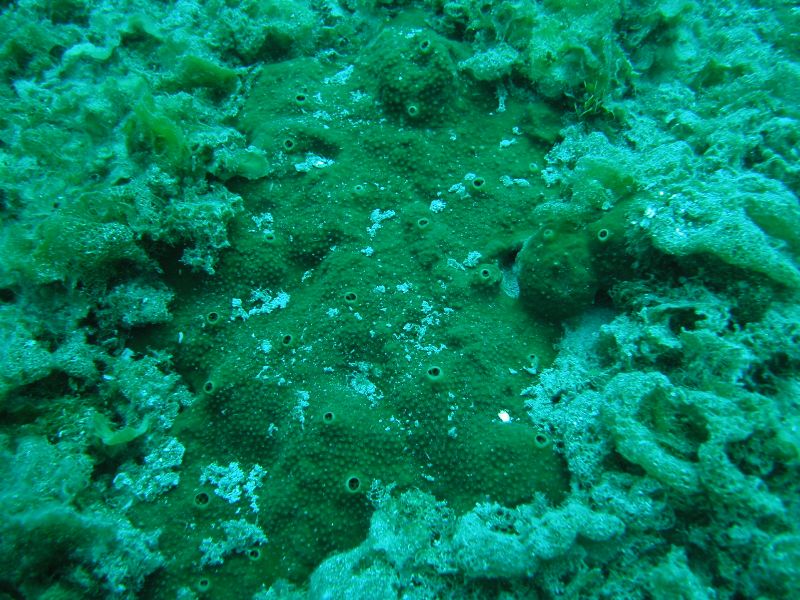
- Location: Sweetings Cay, Bahamas
- Photographer: Sven Zea

- Location: Little San Salvador, Bahamas
- Photographer: Sven Zea

- Location: Little San Salvador, Bahamas
- Photographer: Sven Zea
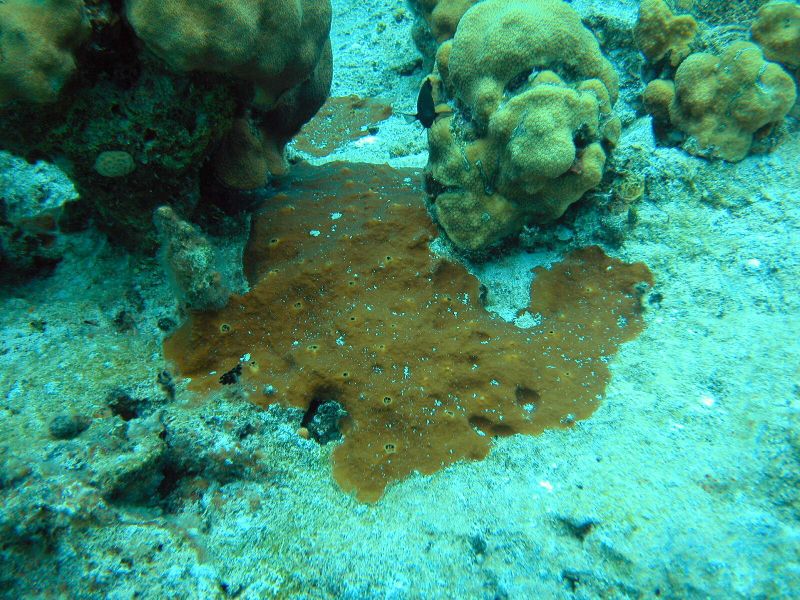
- Location: Plana Cays, Bahamas
- Photographer: Sven Zea
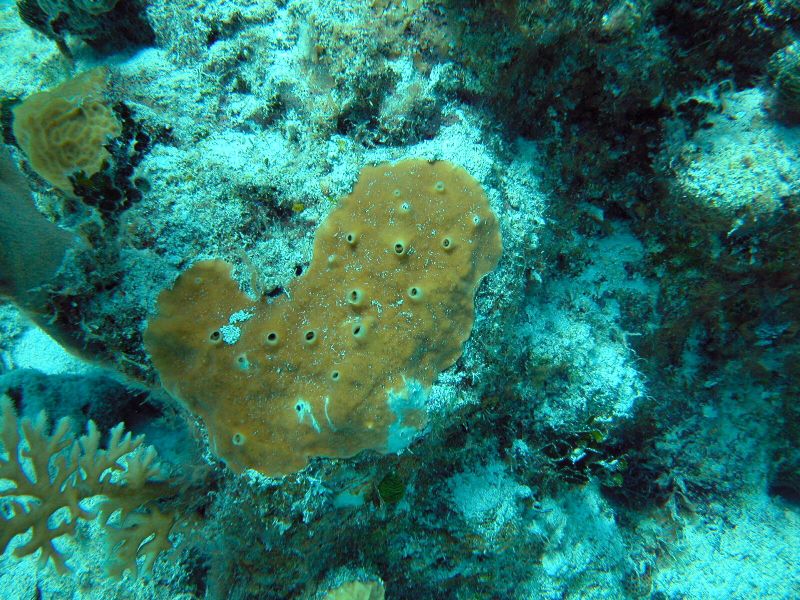
- Location: Plana Cays, Bahamas
- Photographer: Sven Zea
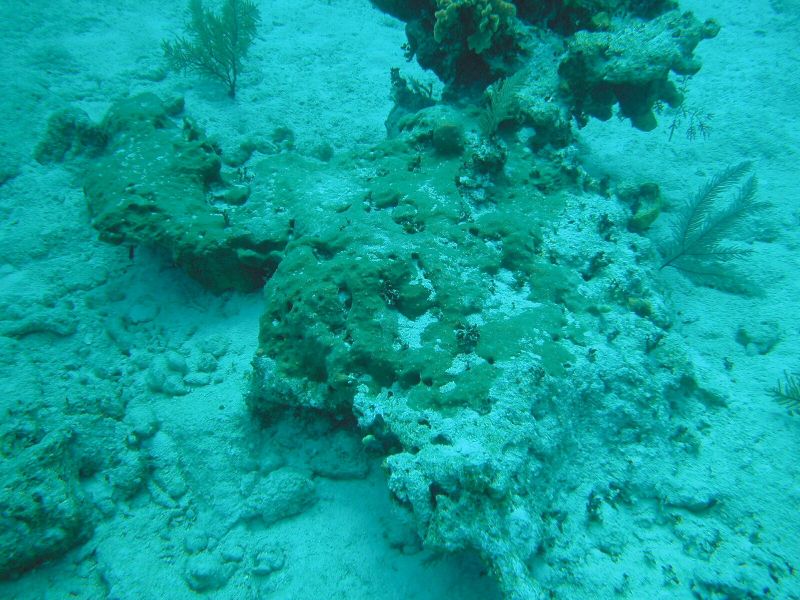
- Location: Plana Cays, Bahamas
- Photographer: Sven Zea
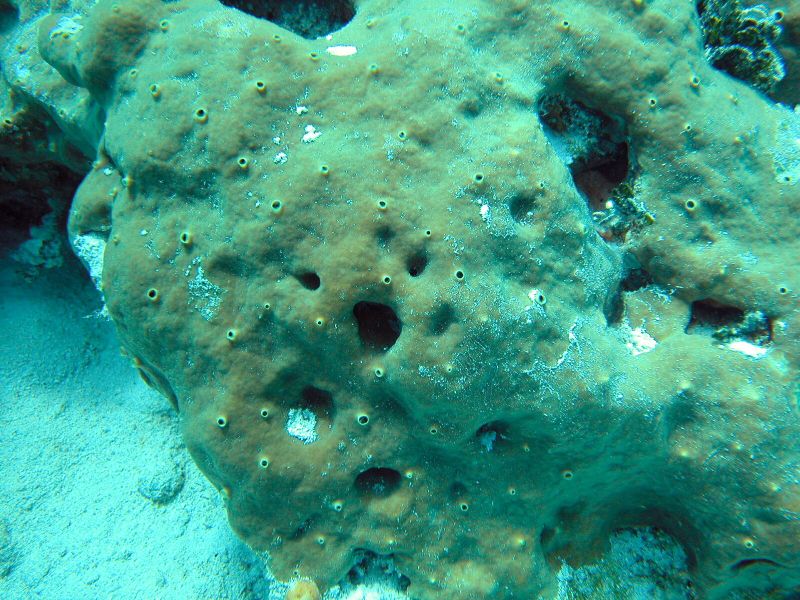
- Location: Plana Cays, Bahamas
- Photographer: Sven Zea

- Location: Sweetings Cay, Bahamas
- Photographer: Sven Zea
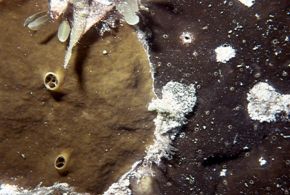
- Location: Long Island, Bahamas
- Photographer: Sven Zea

- Location: Long Island, Bahamas
- Photographer: Sven Zea
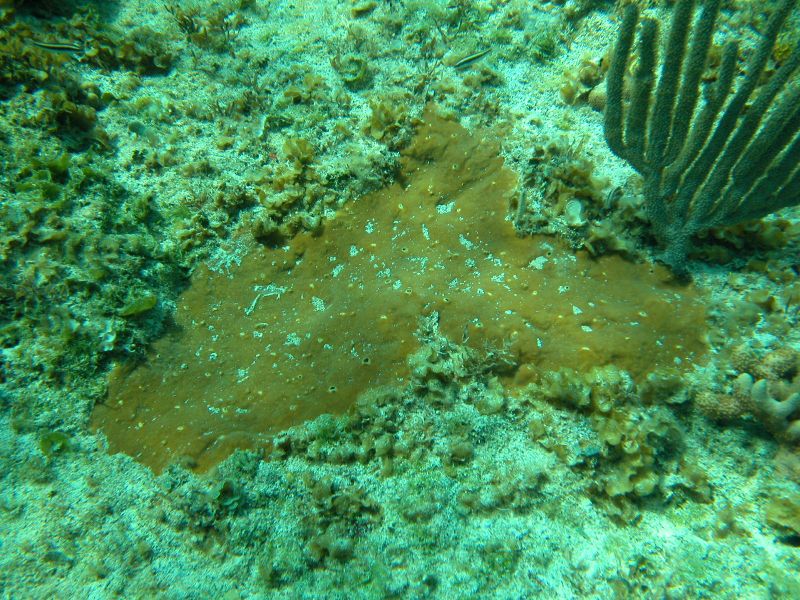
- Location: Little San Salvador, Bahamas
- Photographer: Sven Zea
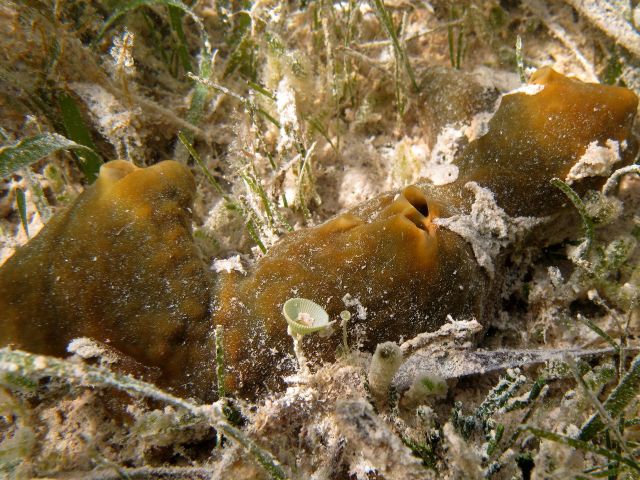
- Location: Bimini, Bahamas
- Photographer: Sven Zea
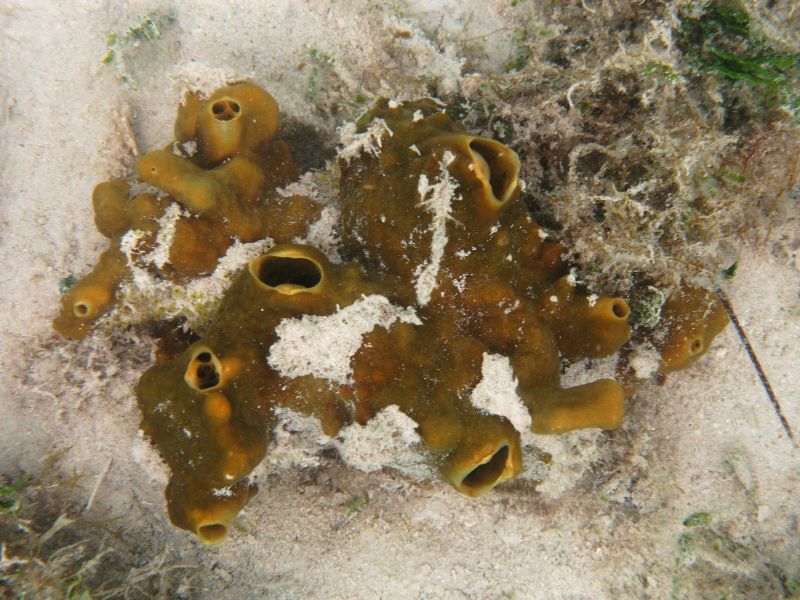
- Location: Bimini, Bahamas
- Photographer: Sven Zea
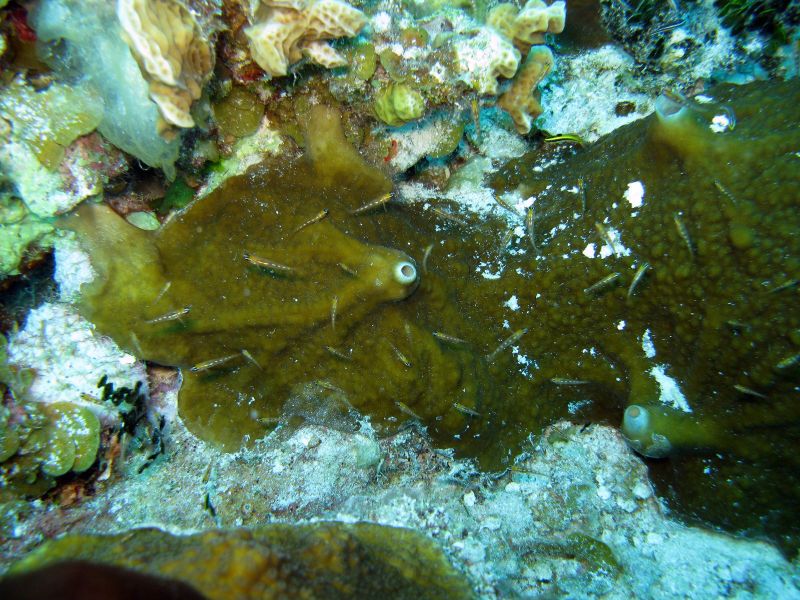
- Location: Great Inagua, Bahamas
- Photographer: Sven Zea
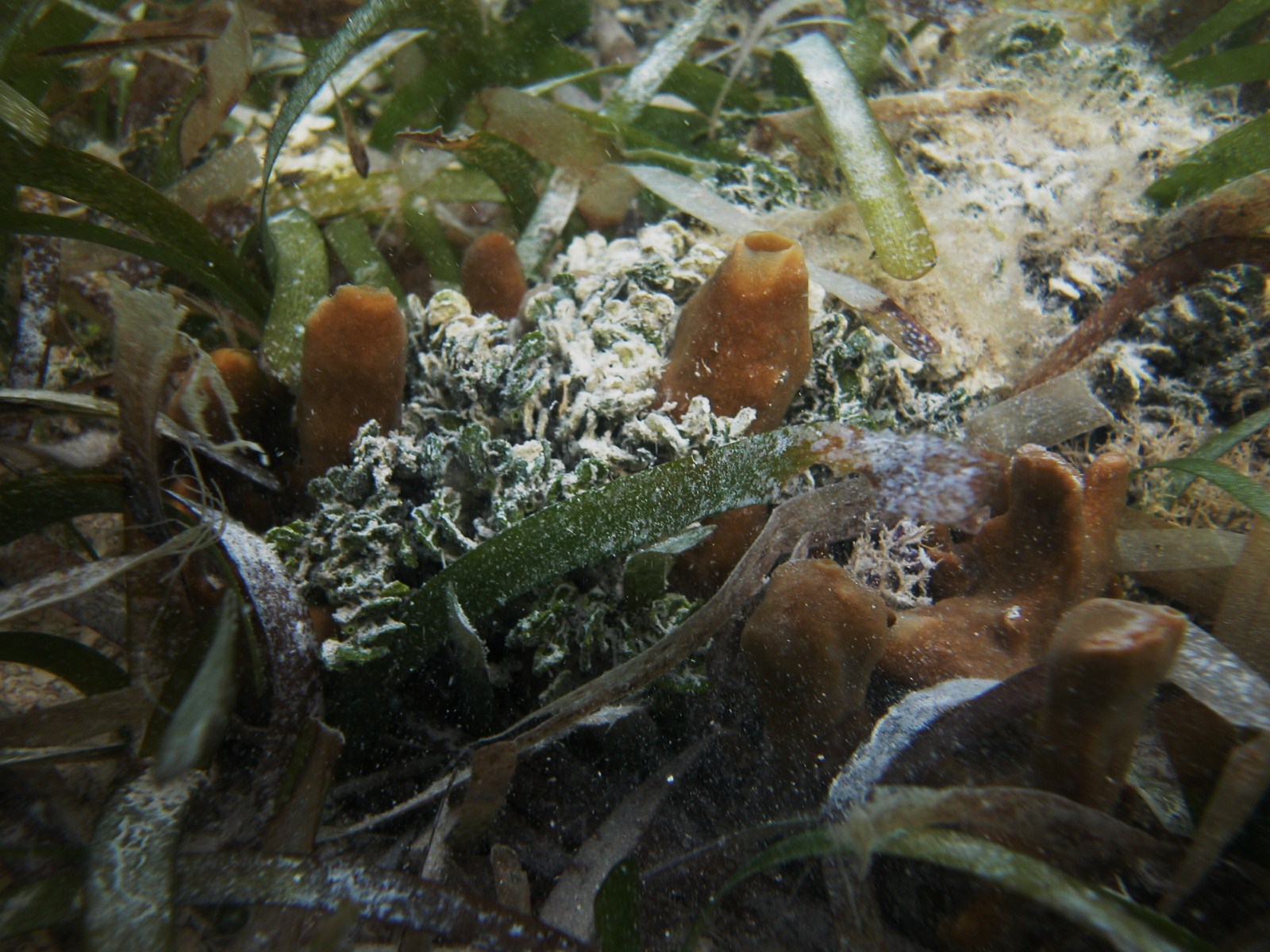
- Location: Colombia-San Andrés Archipelago, San Andrés Island
- Photographer: Sven Zea
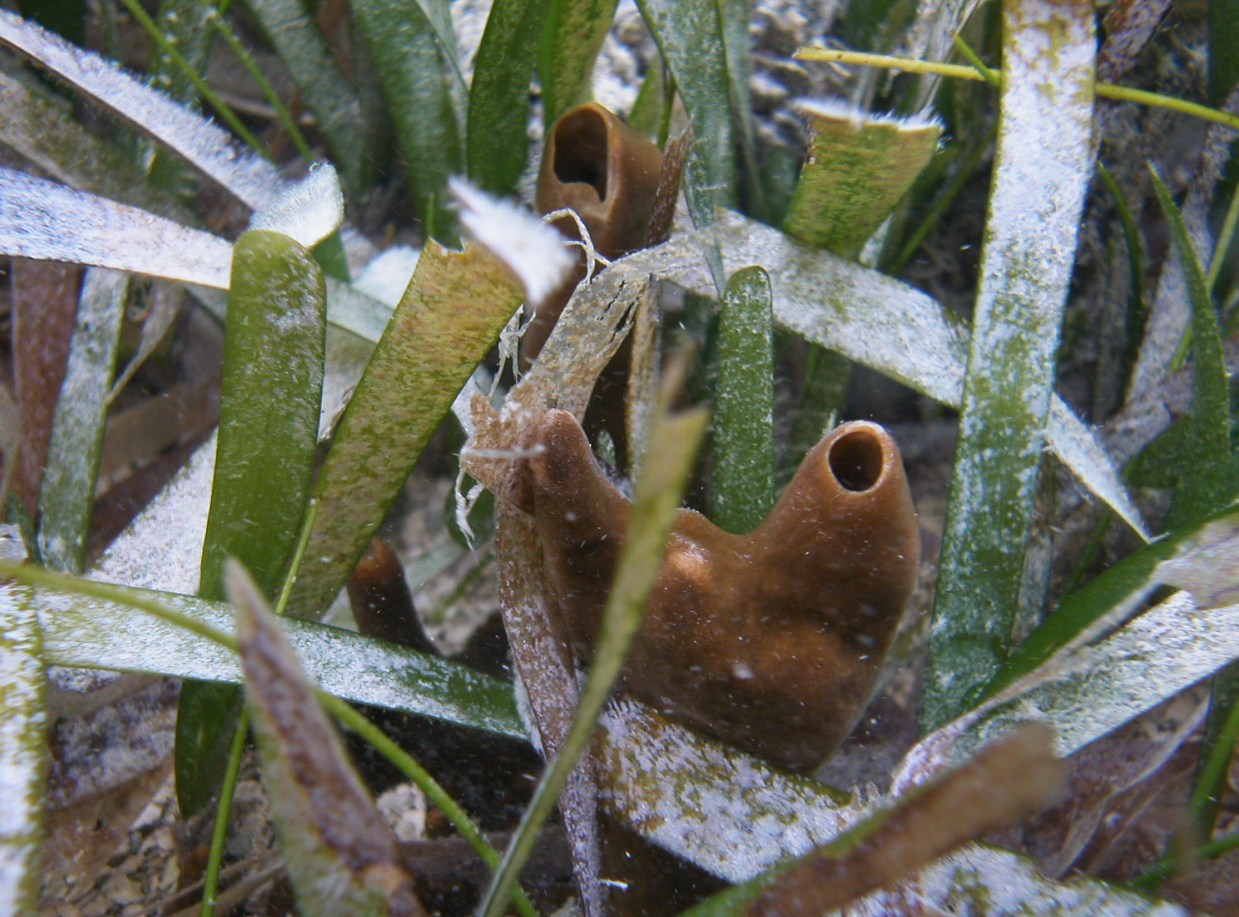
- Location: Colombia-San Andrés Archipelago, San Andrés Island
- Photographer: Sven Zea
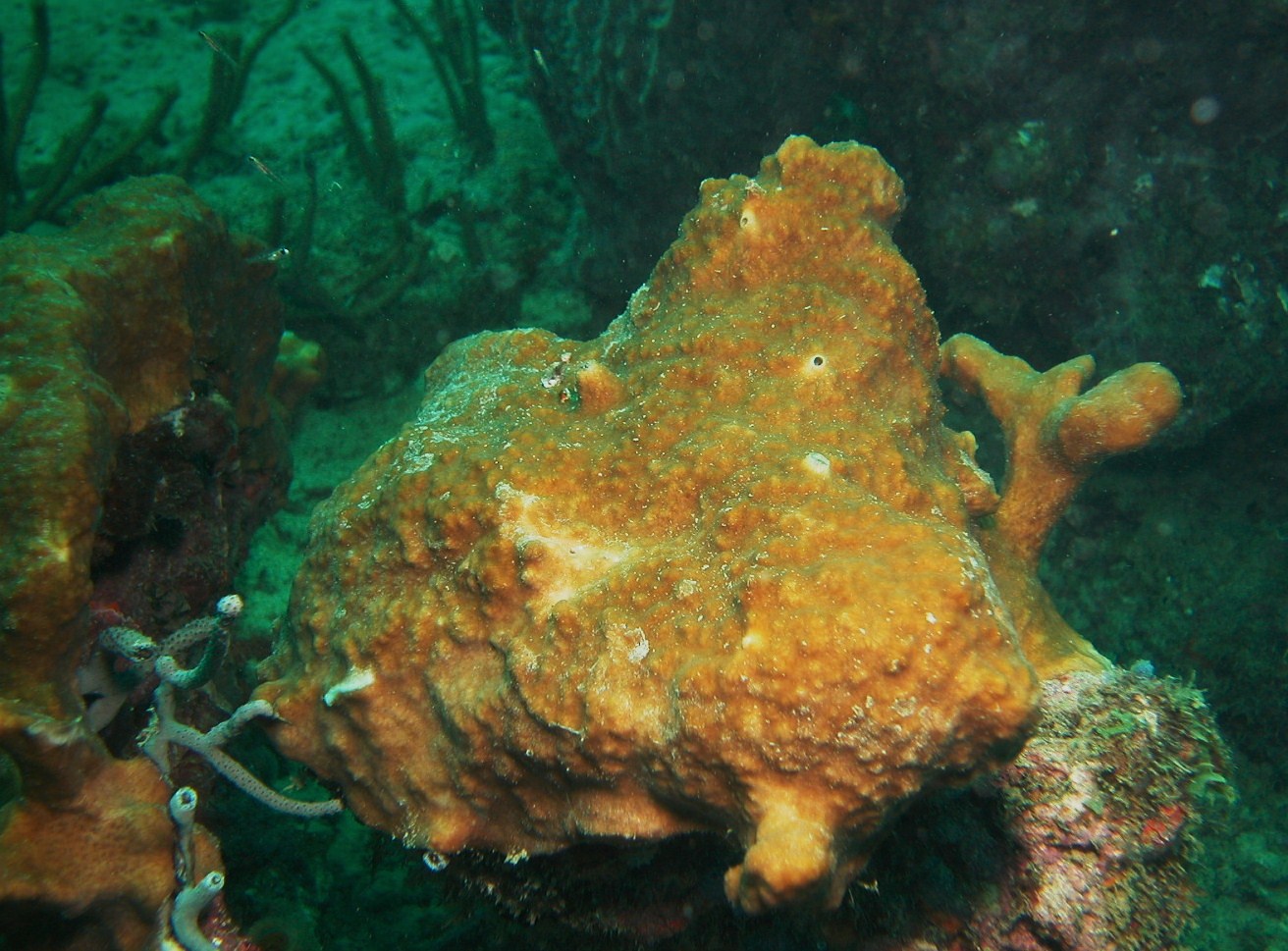
- Location: Colombia-Santa Marta
- Photographer: Sven Zea
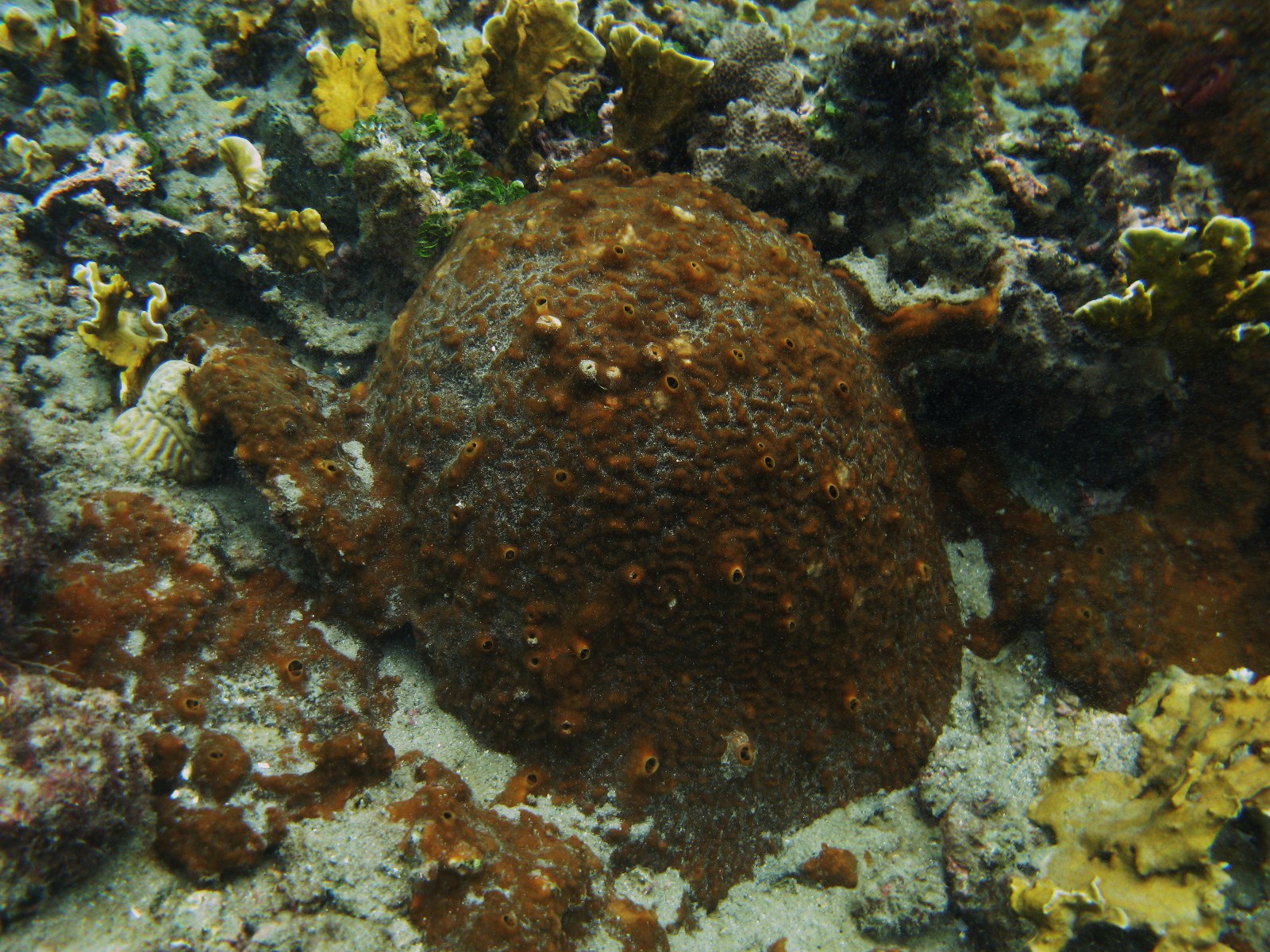
- Location: Colombia-Santa Marta
- Photographer: Sven Zea

- Location: Colombia-Santa Marta
- Photographer: Sven Zea

- Location: Colombia-Santa Marta
- Photographer: Sven Zea

- Location: Colombia-Santa Marta
- Photographer: Sven Zea
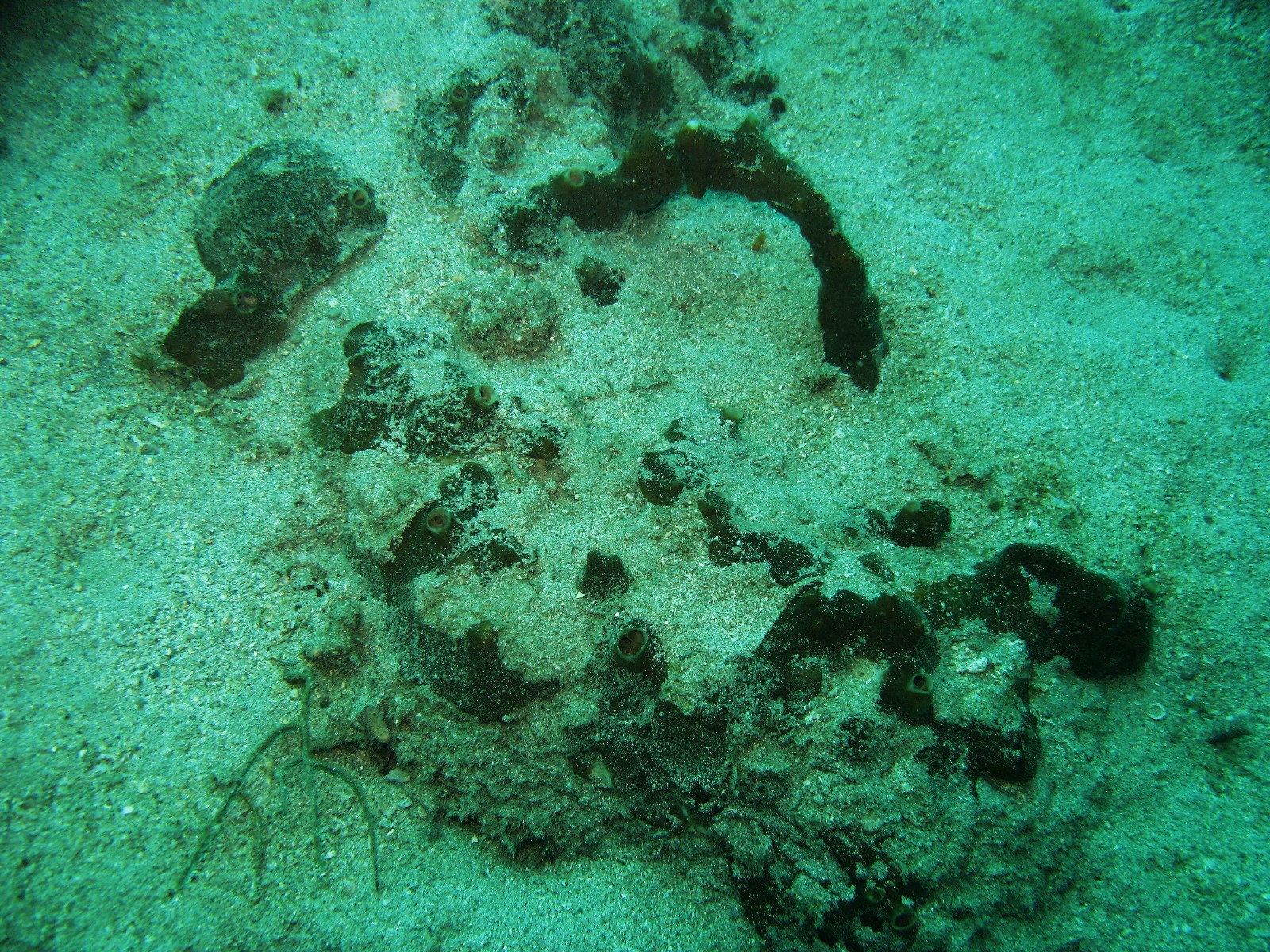
- Location: Colombia-Santa Marta
- Photographer: Sven Zea
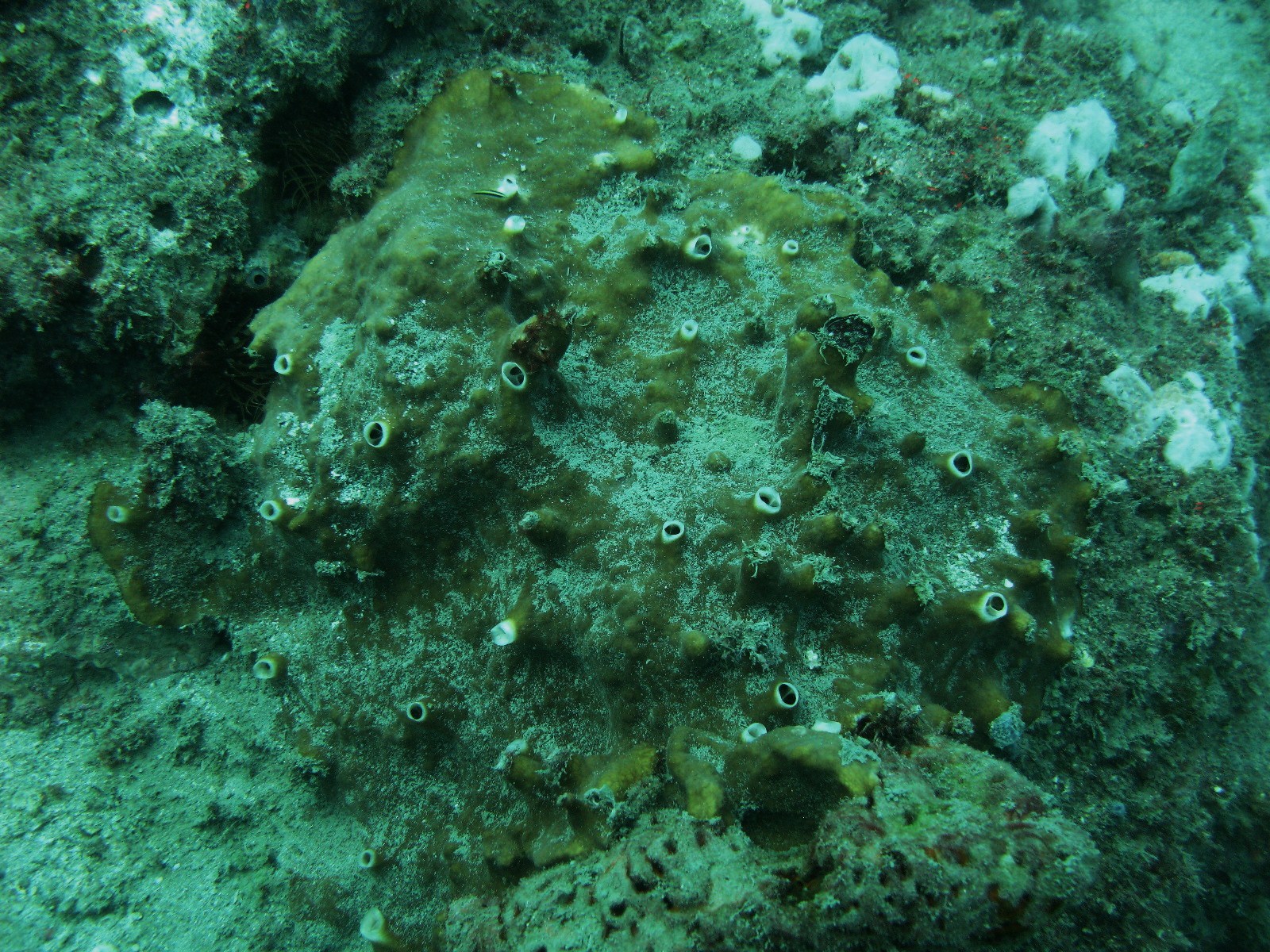
- Location: Colombia-Santa Marta
- Photographer: Sven Zea

- Location: Martinique-Les Anses d'Arlet
- Photographer: Sven Zea
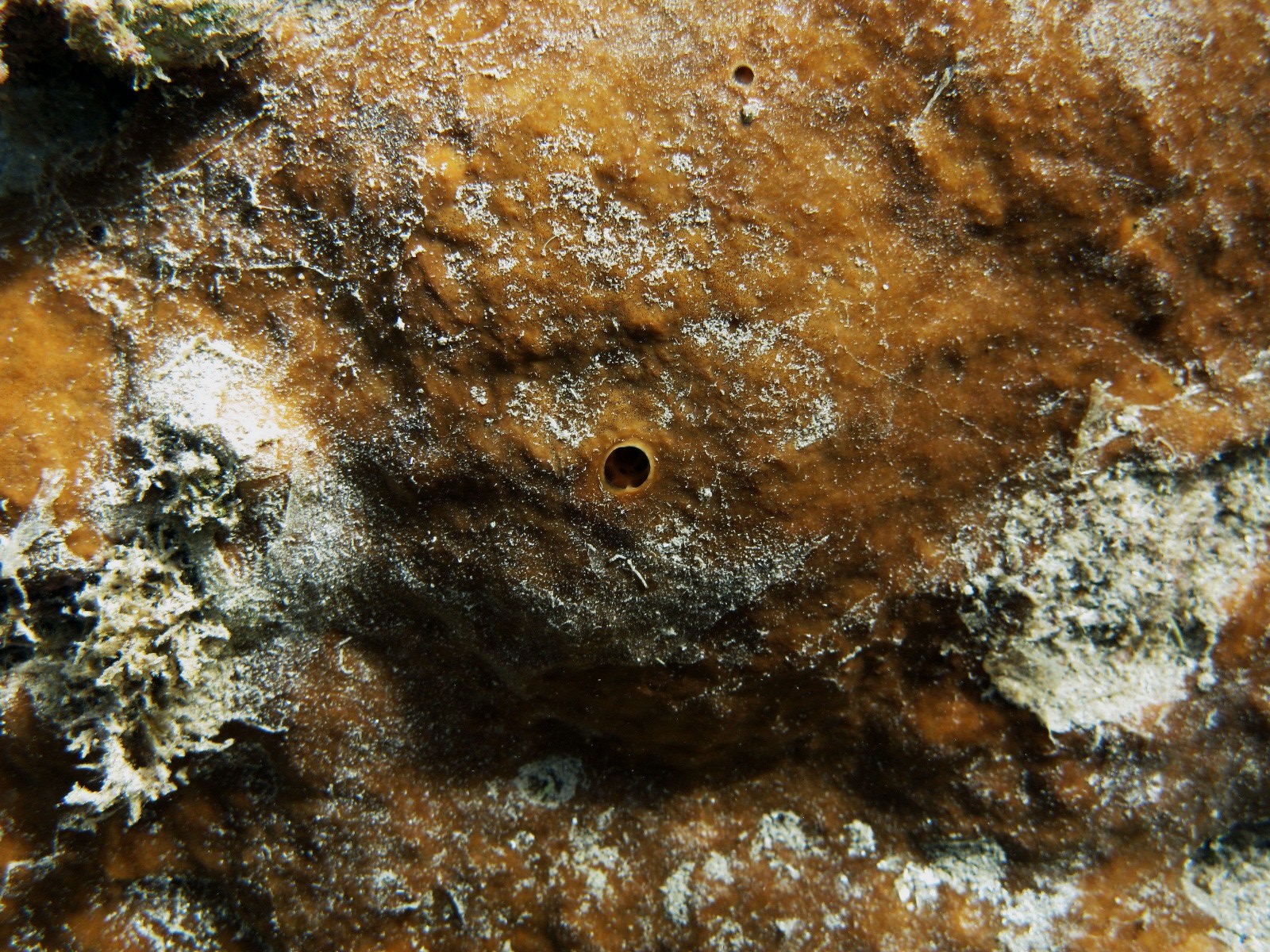
- Location: Martinique-Les Anses d'Arlet
- Photographer: Sven Zea
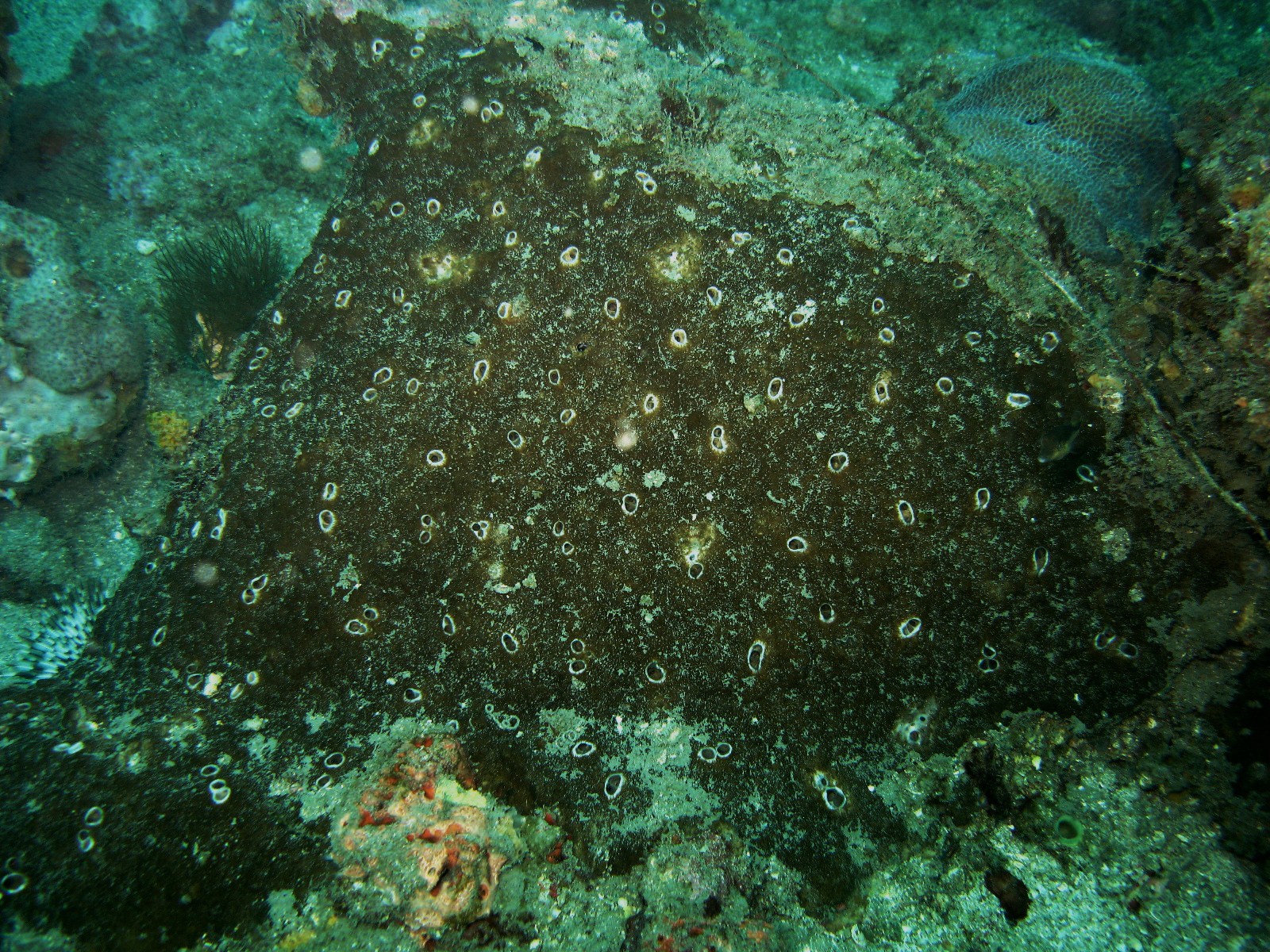
- Location: Colombia-Santa Marta
- Photographer: Sven Zea

- Location: Colombia-Santa Marta
- Photographer: Sven Zea
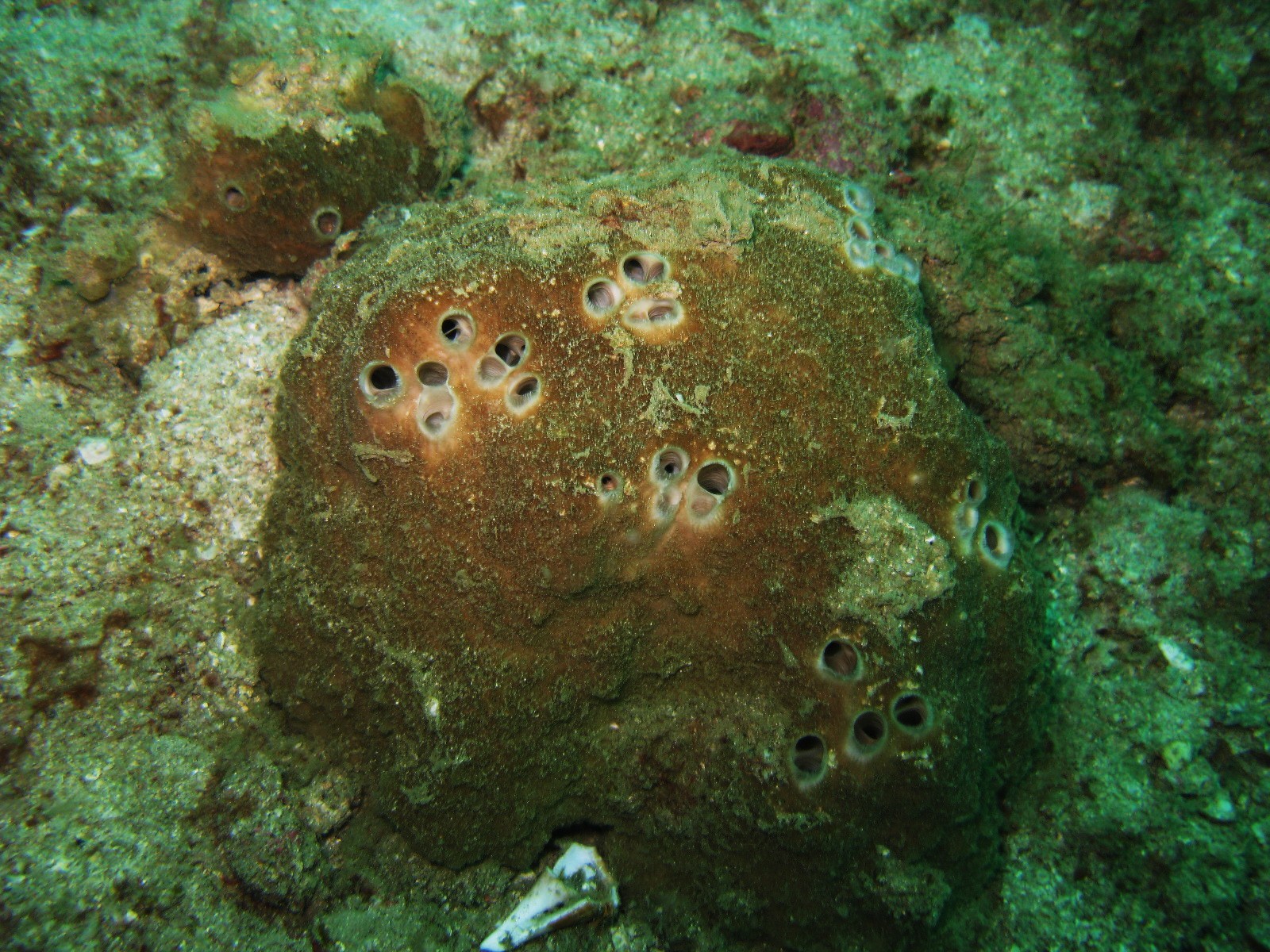
- Location: Colombia-Santa Marta
- Photographer: Sven Zea
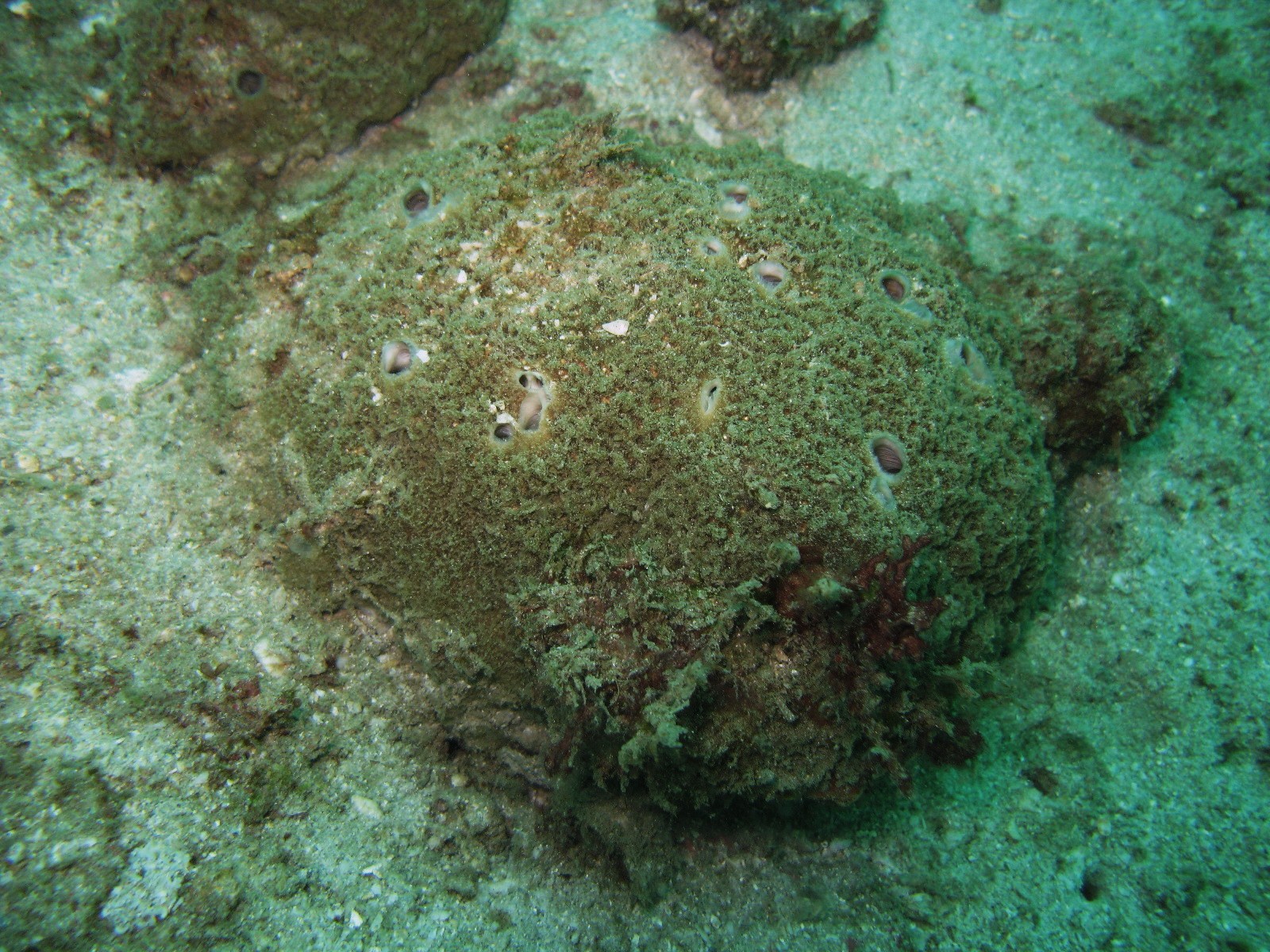
- Location: Colombia-Santa Marta
- Photographer: Sven Zea
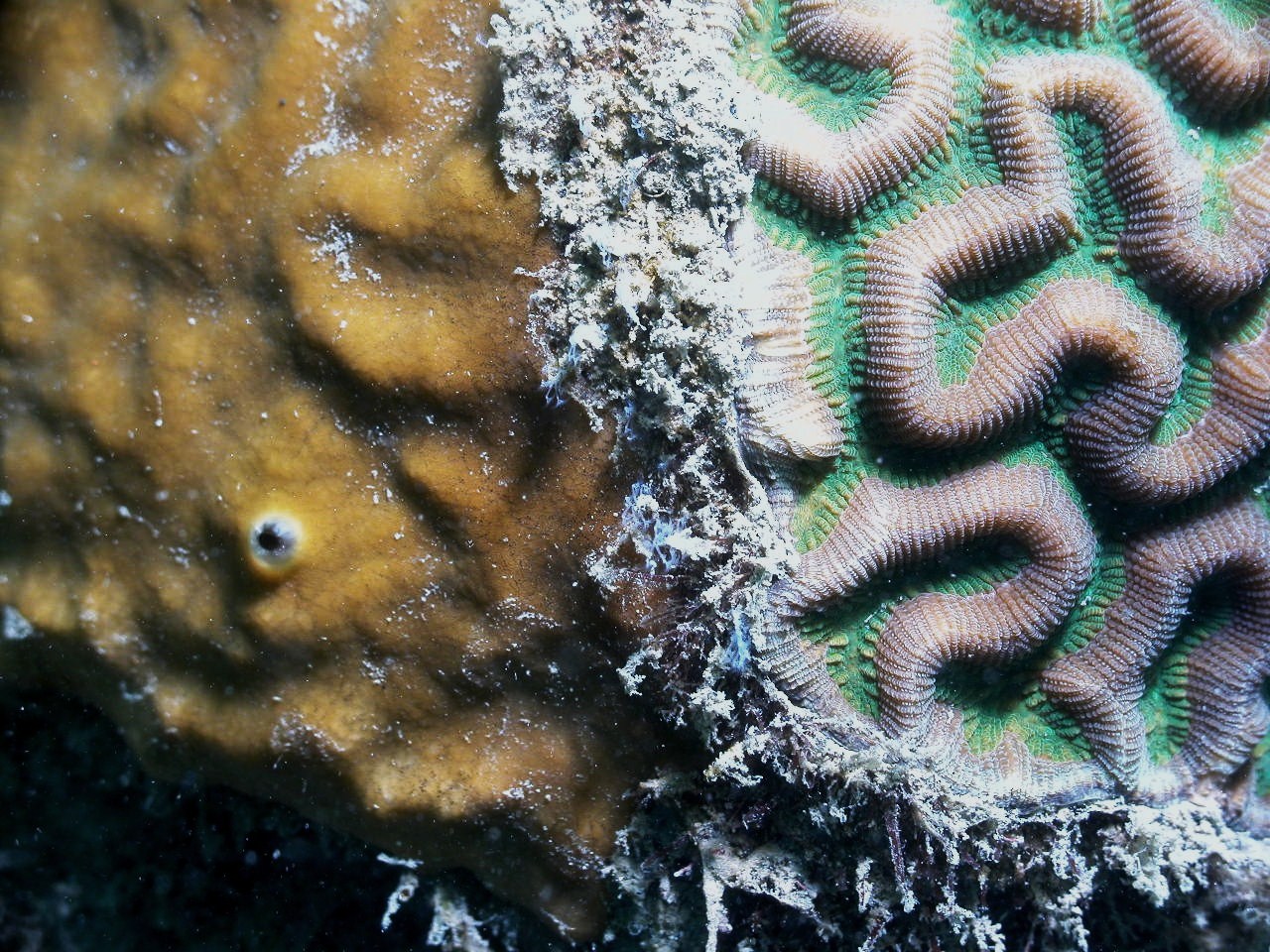
- Location: Colombia-Santa Marta
- Photographer: Sven Zea
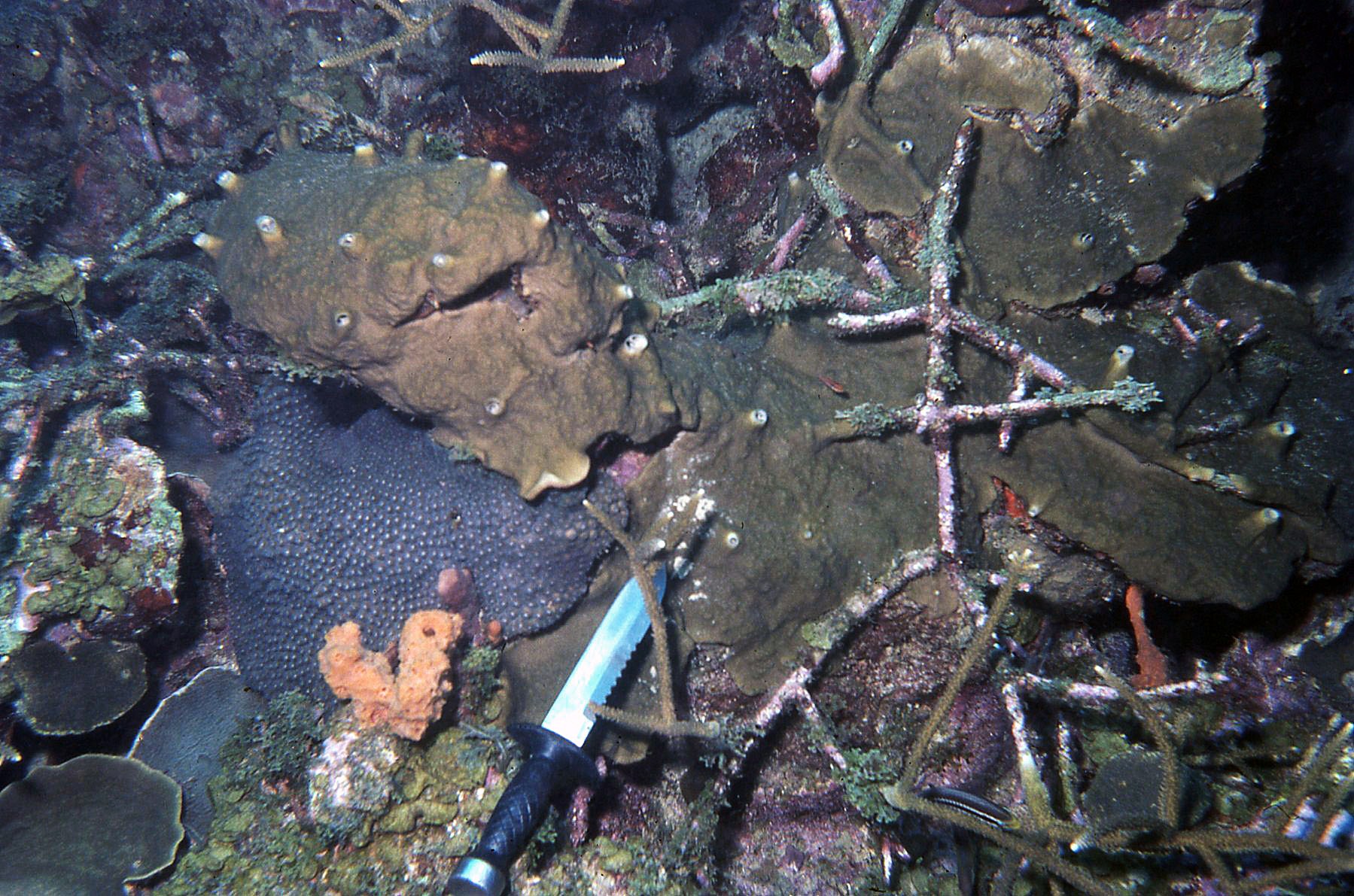
- Location: Colombia-Islas del Rosario
- Photographer: Sven Zea
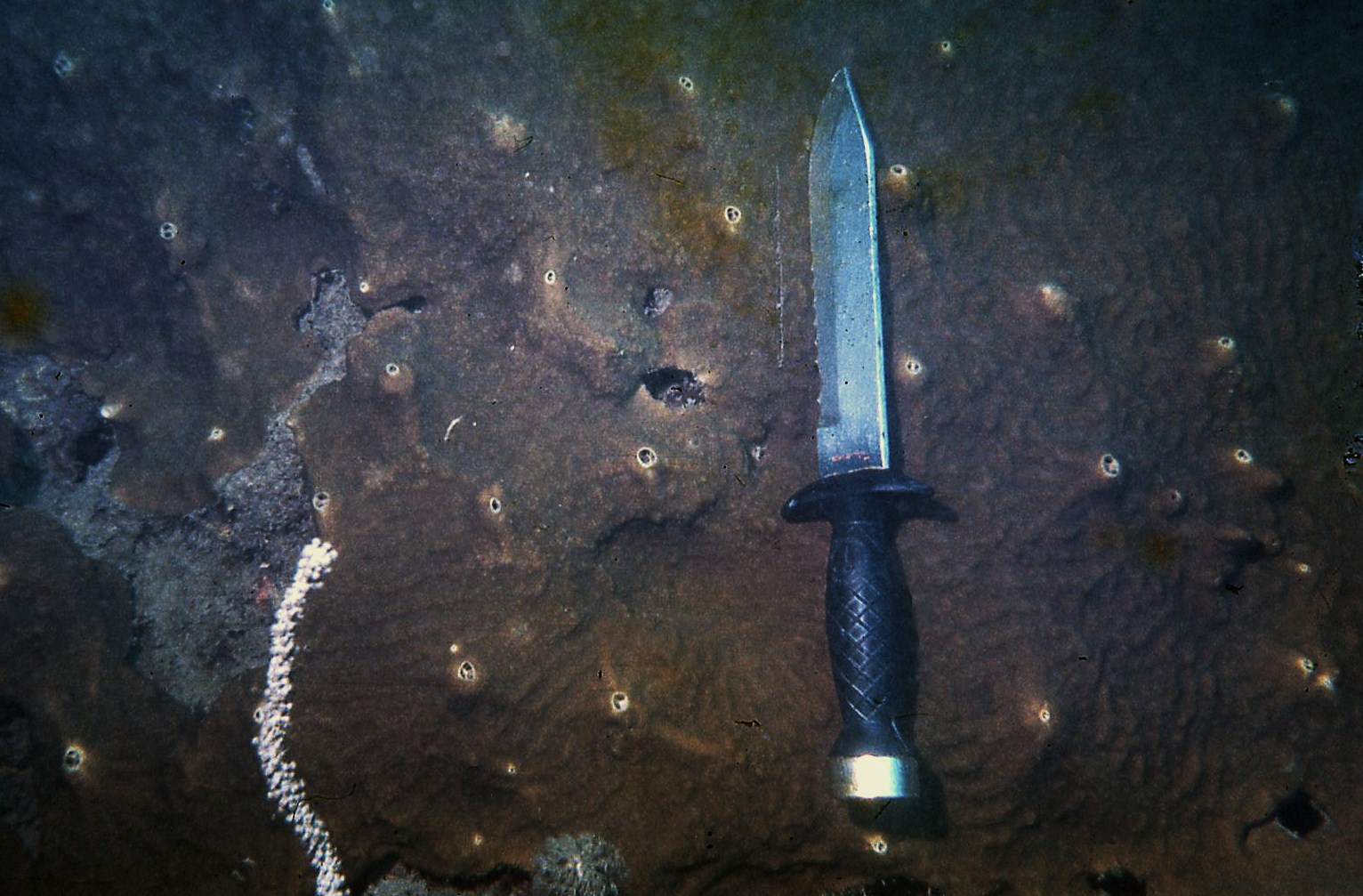
- Location: Colombia-Islas del Rosario
- Photographer: Sven Zea

- Location: Colombia-Santa Marta
- Photographer: Sven Zea
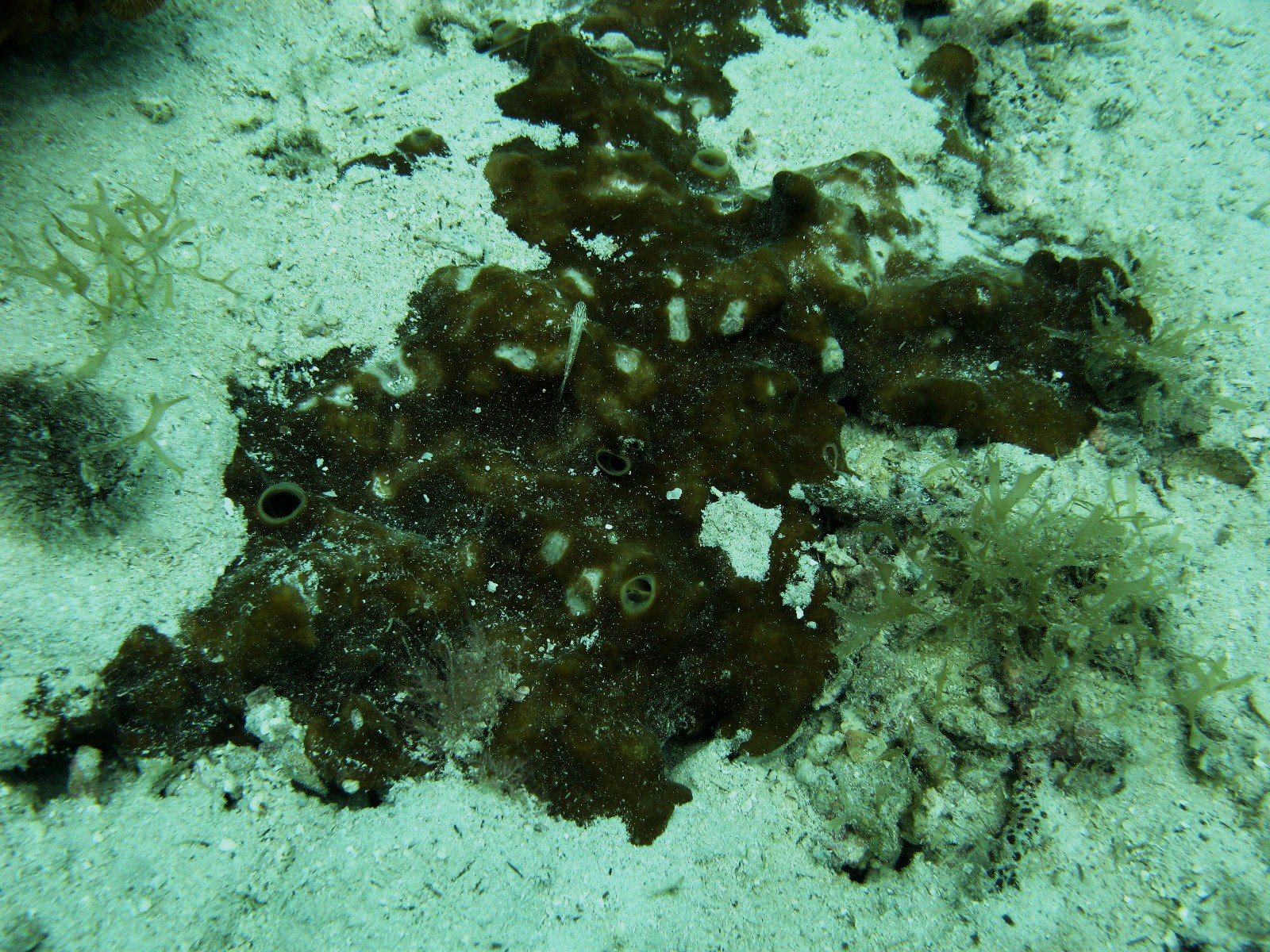
- Location: Panama-Bocas del Toro
- Photographer: Sven Zea